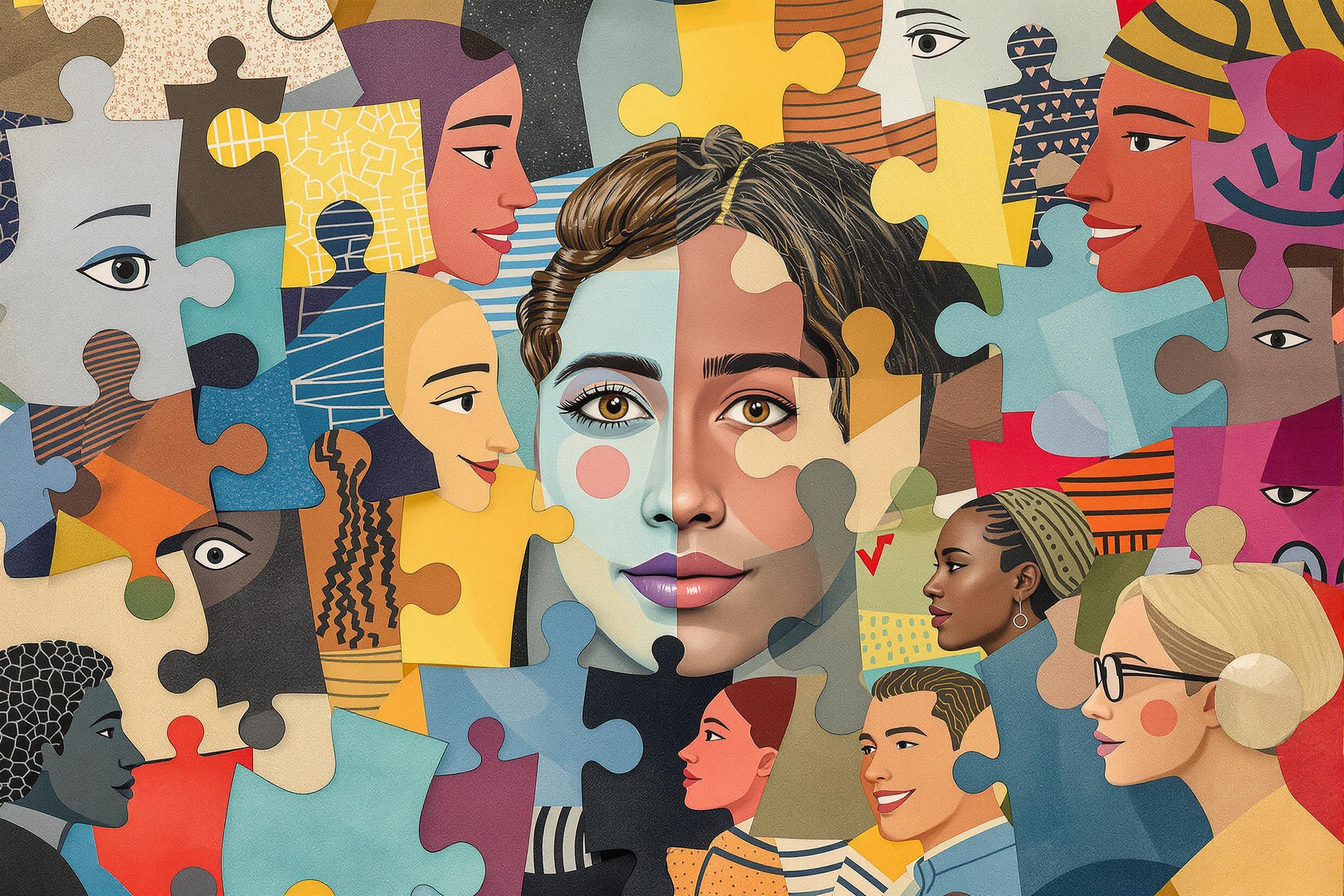
Color Matching
Color matching is an essential skill in furniture restoration where professionals identify and recreate exact colors and finishes to repair or restore furniture pieces. This involves examining the original piece, mixing stains or paints, and applying techniques to blend new areas with existing surfaces. It's a crucial ability that helps maintain the value and authenticity of restored furniture, especially for antiques or high-end pieces. Think of it like a chef following a recipe but for colors - experts need to know which "ingredients" (pigments, stains, or dyes) to combine to match the original finish perfectly.
Examples in Resumes
Performed Color Matching on over 100 antique furniture pieces to ensure authentic restoration
Specialized in Color Match techniques for Victorian-era wooden furniture
Developed Color Matching systems for efficient furniture touch-up and repair services
Typical job title: "Furniture Restorers"
Also try searching for:
Where to Find Furniture Restorers
Professional Associations
Online Communities
Job Resources
Example Interview Questions
Expert Level Questions
Q: How would you approach matching a complex wood finish on an antique piece?
Expected Answer: A senior restorer should explain their process of analyzing the original finish, creating test samples, and using multiple layers of stains or dyes to achieve the right color depth and tone. They should mention the importance of lighting conditions and testing in inconspicuous areas.
Q: How do you handle color matching for large-scale commercial projects?
Expected Answer: Should discuss creating standardized color formulas, maintaining detailed records of mixing ratios, training team members, and ensuring consistency across multiple pieces of furniture.
Intermediate Level Questions
Q: What factors do you consider when matching colors on different wood types?
Expected Answer: Should explain how wood species, grain patterns, and age affect color absorption, and demonstrate knowledge of different staining techniques for various woods.
Q: How do you document your color matching process?
Expected Answer: Should describe their system for recording formulas, taking photos, keeping samples, and maintaining records for future reference or touch-ups.
Entry Level Questions
Q: What basic tools do you use for color matching?
Expected Answer: Should be able to list essential tools like color wheels, mixing containers, various applicators, and basic stains or dyes used in furniture restoration.
Q: How do you test a color match before applying it to furniture?
Expected Answer: Should explain the process of creating test samples, using scrap wood or hidden areas, and checking the match under different lighting conditions.
Experience Level Indicators
Junior (0-2 years)
- Basic color theory understanding
- Simple stain and paint mixing
- Sample creation and testing
- Basic finish application techniques
Mid (2-5 years)
- Advanced color mixing and matching
- Multiple finish type expertise
- Problem-solving with difficult matches
- Understanding of different wood types
Senior (5+ years)
- Expert level color analysis
- Complex restoration planning
- Team training and supervision
- Custom finish formula development
Red Flags to Watch For
- Unable to explain basic color theory
- No hands-on experience with different types of wood stains
- Lack of attention to detail in sample work
- No experience with different lighting conditions impact on color
- Poor documentation practices
Related Terms
Need more hiring wisdom? Check these out...

Culture Add vs Culture Fit in Hiring: Why It May Be Time to Rethink Your Approach

Cracking the Code: How to Source Talent in APAC and EMEA with Cultural Sensitivity

Automated Scorecards in ATS Systems: Your Secret Weapon for Smarter Hiring Decisions

